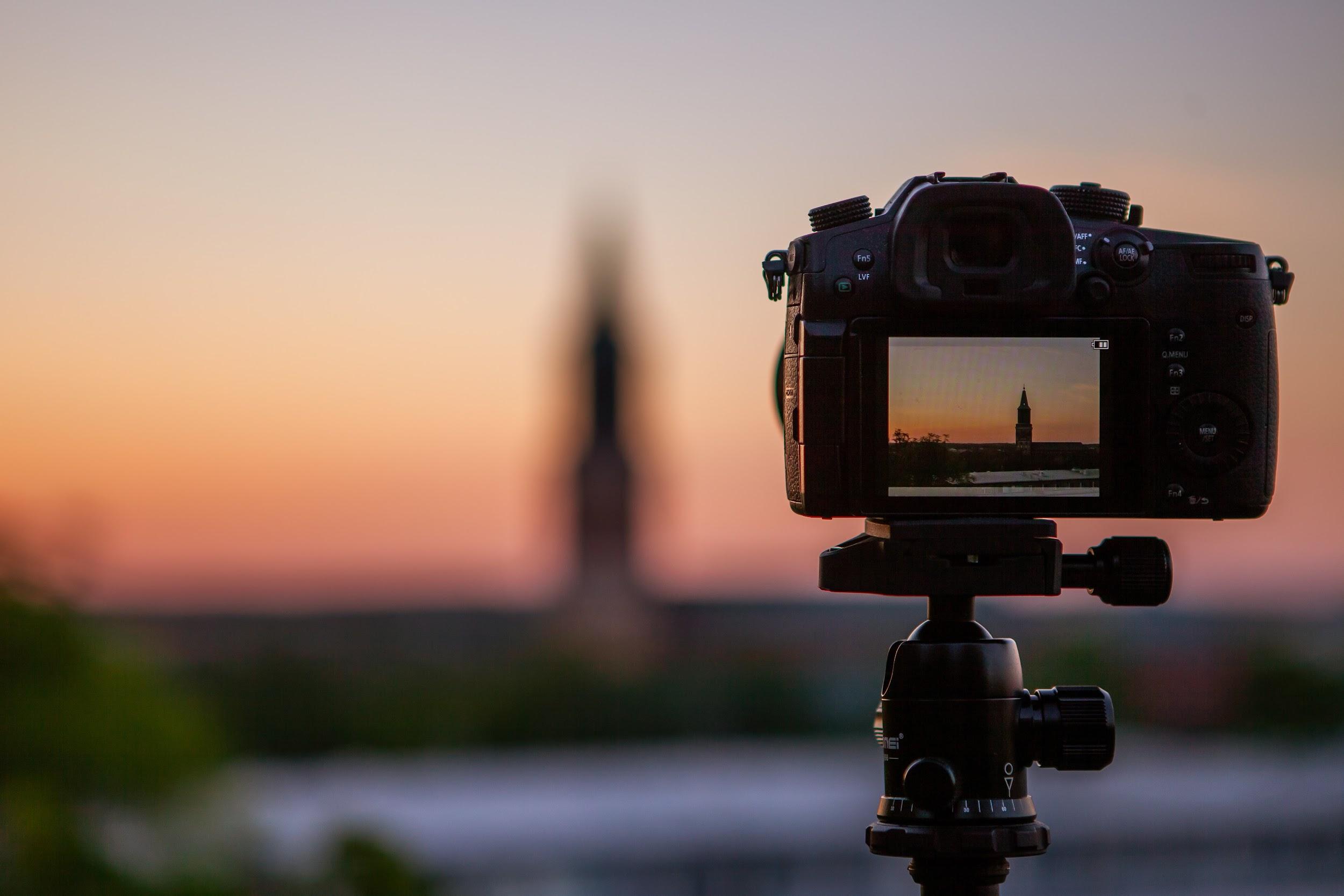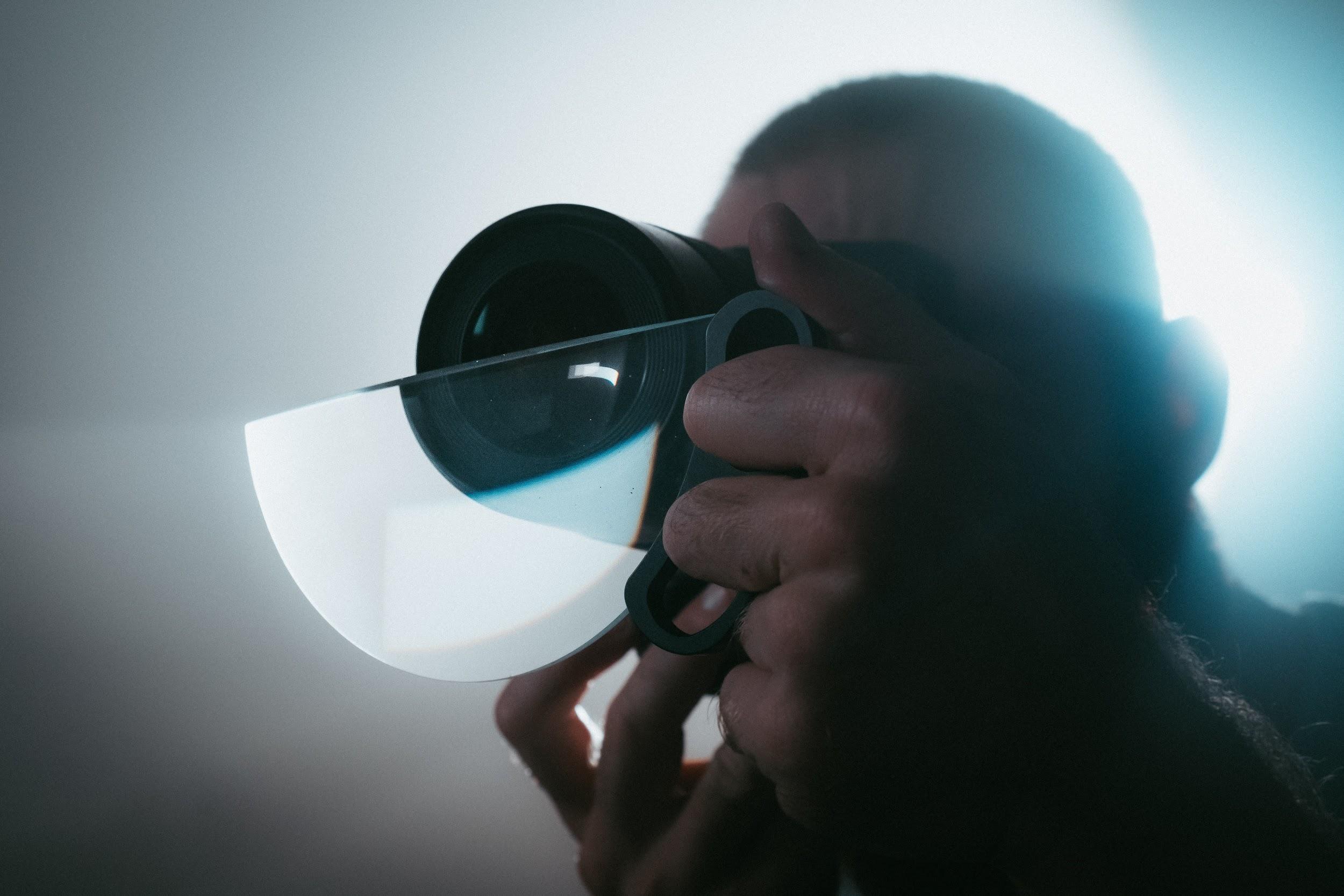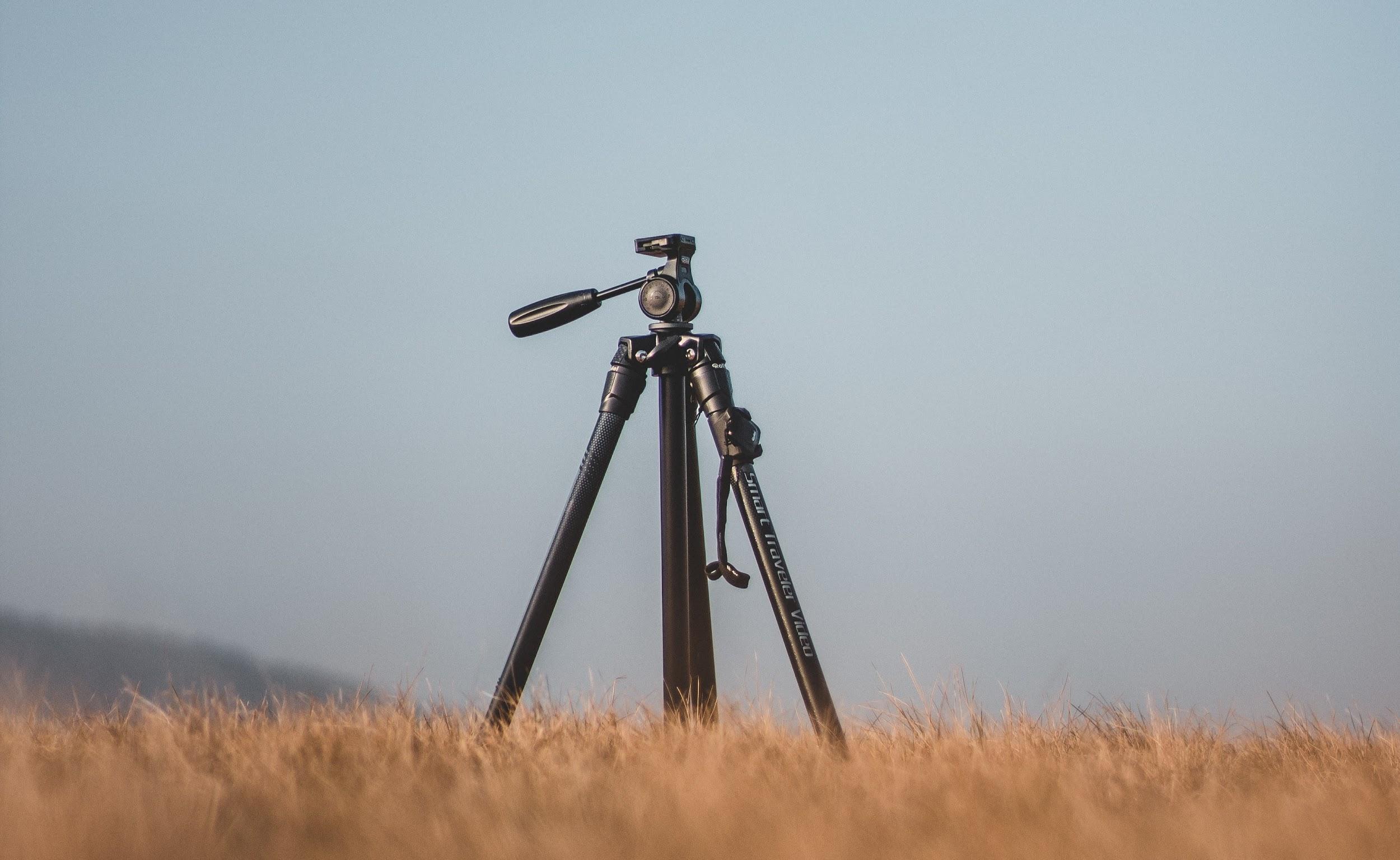In the jaw-dropping world of photography, the grandest image is surprisingly yet to be captured. But you’d agree that the most mesmerizing shots ever taken in photography are focused on mother nature.
Landscape photography is the term used for every planned activity involved in capturing the essence of nature with a camera.
If you’ve taken a picture of the sky, starry nights, and wavering trees, you’re most welcome to the landscape photographers club.
If your first pictures didn’t come out great, don’t worry! You’ll get better with each click of that camera.
However, as a budding photographer, you should know that there’s more to taking great photos than clicking your camera.
Check the list below for the three most essential pieces of equipment that you need to kick start your photography journey.

A Decent Camera
Of course, cameras are essential, and they deserve the top spot on this list. But which camera is most suitable for landscape photography?
Unless you’re looking to take pictures of the milky way galaxies, you can take excellent photos with a relatively cheap camera.
A 24-megapixel camera is a decent choice, but a 30+ megapixel lens might get you more detailed shots.
Whatever camera you get, make sure it’s one with interchangeable lenses, and keep in mind that a camera is just as good as its wielder.
You’ll do well to focus more on your photography skills than your camera.
Filters
What is a landscape photographer without a set of filters?
Post-processing is quite helpful after shooting, but if you want to achieve the best possible picture quality of water and foliage while in the field, you should own a polarizing filter.
It generally helps your camera reduce reflections and improves the saturation of bright spaces like the sky.
UV filters might come in handy during shooting sessions in sandy and windy landscapes. It protects your camera lens from scratches and water droplets, especially when you’re taking photos of waterfalls and sea waves.

Tripods
Who said you don’t need a tripod if you have a camera with a high ISO standard?
Well, that’s not entirely untrue. Cameras with very high ISO are less vulnerable to lightning fluctuations, and if you do have any fluctuations during a shoot, you can fix them using advanced post-processing techniques.
Still, tripods don’t only help you retain stability and image quality like your camera’s ISO. It’s also great for taking shots when using the Panorama and the HDR techniques.

And if you want to make the slightest adjustments in positioning without risking quality loss, use a sturdy tripod.
One more thing! Get a reliable storage system.
Photographers love to keep and study every image they take, good or bad. ImageCoast is the one place you can trust the security of your photos with.
ImageCoast provides the most reliable online photo storage at the best prices.
How about you start taking those shots and let ImageCoast do the keeping for you?
